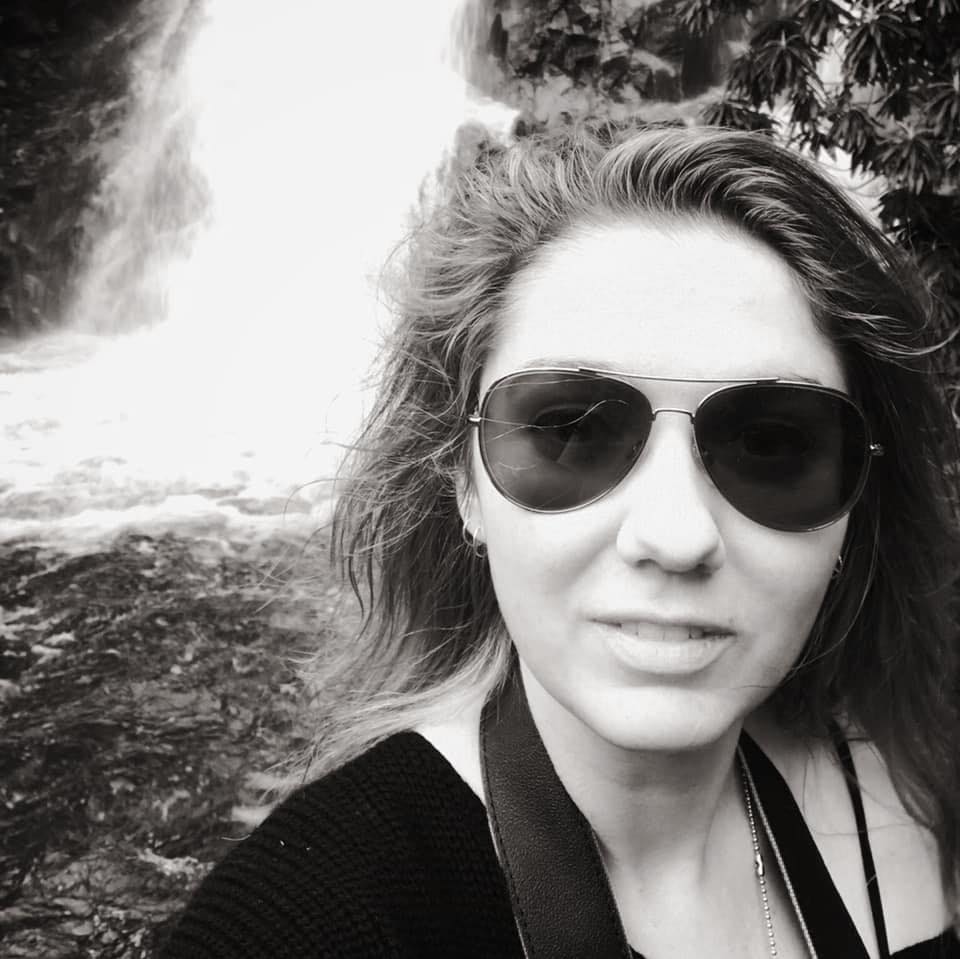Velkara | Today
The Velkara are an ancient people bound by shared bloodlines, druidic traditions, and a matriarchal structure that has endured across generations. Though they are now scattered across the world, their identity has never fractured. At the centre of everything stands the Drottnira, queen, priestess, and matriarch, whose word binds even the most distant enclaves to the rites of the old ways.
They are not human. But they look it, most of the time.
Historically, the Velkara lived as one. Small, migratory groups would travel with the seasons but remained tied to the same ritual ground: the Ash Tree, deep in the northern forests of Scandinavia, where all major rites, birth, death, judgment, and initiation, are meant to be held. Over time, survival forced dispersal. Human encroachment, famine, conflict, and old grudges pushed families outward. Some left by choice. Others were sent as time progressed and human civilisation evolved across the planet.
Their spread began in earnest during the Viking Age of exploration. It was the Velkara who first crossed to Iceland, Greenland, and even the distant shores of the Americas, long before written record. Their shapeshifting, command of nature, and blood-bound rituals filtered directly into Norse culture, though few would ever know it. Their gods became the gods of men. Their sagas became myth. Stories of berserkers and skinwalkers trace directly back to Velkara, but they've managed to keep their true selves hidden from the world throughout the ages.
In the modern day, Velkara live as citizens of the world. Farmers, soldiers, artists, lawyers, tradespeople... They take on the same roles as those around them. Their children attend human schools. They marry, serve, lead, and die like anyone else. Most keep their bloodline quiet. Some claim the identity of ‘shapeshifter,’ allowing themselves to be mistaken for the more common human variant: lycans.
The truth is never offered unless necessary, which it never is. Velkara magic is deeper, older, and less understood by any measure humans use.
Return to the Ash Tree is not a law, but a bond. When the rites are called for birth, death, judgment or ascension, the clans begin to move. Some travel alone. Others come in family lines. It may take months. It may take years. It may take only days in the modern age.
No one is punished for absence, but their names will be spoken aloud at the fire. Someone will ask where they’ve gone.
Those who drift from the old ways are not cast out. There is no shame in choosing distance. Free will has always been a core tenet of the Velkara, long before the word existed in any human tongue. But whether they leave for a decade or a lifetime, they are never unbound. The old ways do not forget them.
They are not human. But they look it, most of the time.
Historically, the Velkara lived as one. Small, migratory groups would travel with the seasons but remained tied to the same ritual ground: the Ash Tree, deep in the northern forests of Scandinavia, where all major rites, birth, death, judgment, and initiation, are meant to be held. Over time, survival forced dispersal. Human encroachment, famine, conflict, and old grudges pushed families outward. Some left by choice. Others were sent as time progressed and human civilisation evolved across the planet.
Their spread began in earnest during the Viking Age of exploration. It was the Velkara who first crossed to Iceland, Greenland, and even the distant shores of the Americas, long before written record. Their shapeshifting, command of nature, and blood-bound rituals filtered directly into Norse culture, though few would ever know it. Their gods became the gods of men. Their sagas became myth. Stories of berserkers and skinwalkers trace directly back to Velkara, but they've managed to keep their true selves hidden from the world throughout the ages.
In the modern day, Velkara live as citizens of the world. Farmers, soldiers, artists, lawyers, tradespeople... They take on the same roles as those around them. Their children attend human schools. They marry, serve, lead, and die like anyone else. Most keep their bloodline quiet. Some claim the identity of ‘shapeshifter,’ allowing themselves to be mistaken for the more common human variant: lycans.
The truth is never offered unless necessary, which it never is. Velkara magic is deeper, older, and less understood by any measure humans use.
Return to the Ash Tree is not a law, but a bond. When the rites are called for birth, death, judgment or ascension, the clans begin to move. Some travel alone. Others come in family lines. It may take months. It may take years. It may take only days in the modern age.
No one is punished for absence, but their names will be spoken aloud at the fire. Someone will ask where they’ve gone.
Those who drift from the old ways are not cast out. There is no shame in choosing distance. Free will has always been a core tenet of the Velkara, long before the word existed in any human tongue. But whether they leave for a decade or a lifetime, they are never unbound. The old ways do not forget them.
I'll be returning to this artcle with more in depth information as the story progresses.
Scattered but Connected
The Velkara are an ancient shapeshifting people whose customs helped shape the earliest Norse traditions. Though they now live across the globe—hidden in plain sight—their ties to ritual, lineage, and the Drottnira remain intact. They do not announce their presence. They do not seek dominion. But when the time comes, they return to their sacred roots.
Related Myths
Related Locations






Comments